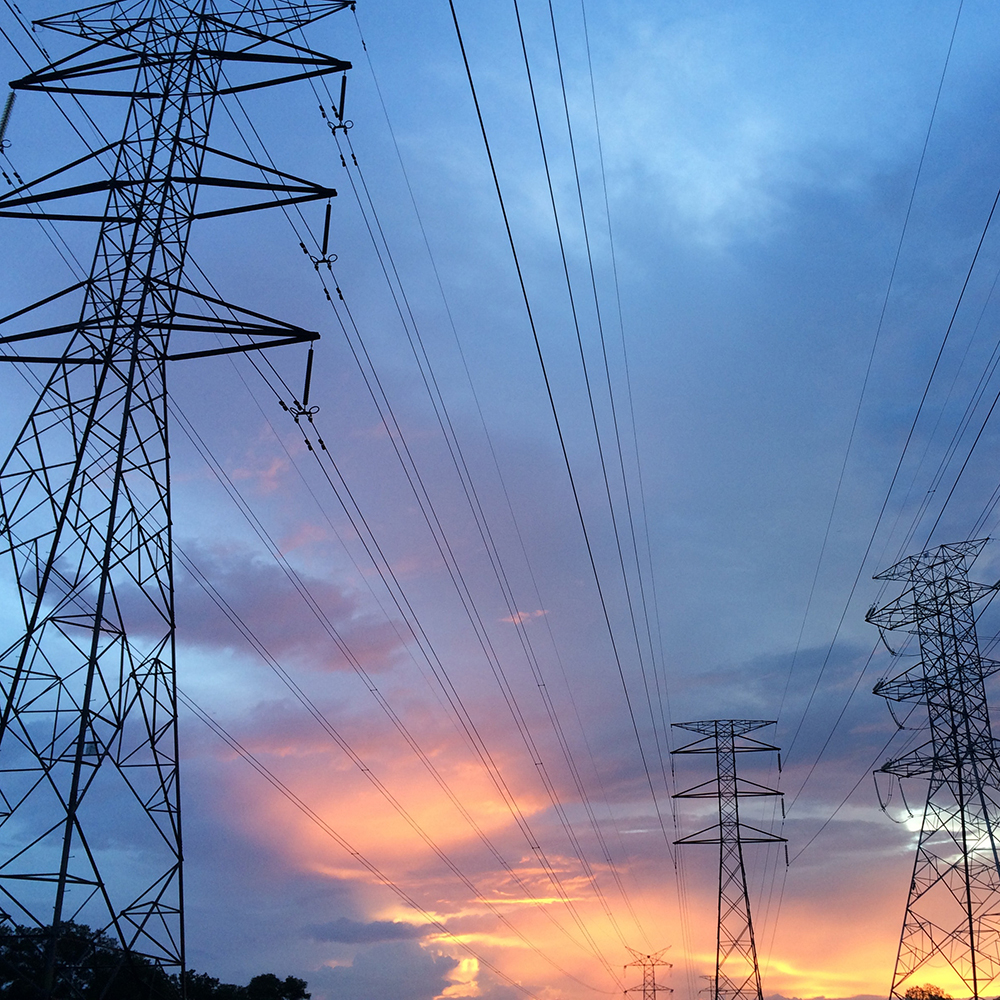President Biden headlined a Palo Alto event this week touting what Gov. Newsom’s office called “new investments in climate action and clean energy.”
In between a series of high-priced Bay Area fundraisers for his re-election campaign, Biden, with Newsom by his side, announced “$67 million (in federal funds) to help build power lines to support the state’s transition to 100% clean electricity.”
On top of that, Biden previewed in his speech that “the Department of Energy is going to announce that it’s invest(ing) more than $2 billion (nationwide) to modernize our electric grid.”
But these funds are just a drop in the bucket of the tens of billions of dollars that will be needed to expand the grid before California’s unrealistic 100 percent renewable energy and electric car mandates take effect.
As the new Pacific Research Institute report “Sapping California’s Energy Future” shows, California will fall 21.1 percent of the electricity required to meet the state’s 100 percent electric vehicle mandate. This number is conservative, not taking into account the increased electricity demand that will be needed to meet other state green mandates such as forthcoming gas appliance bans.
One of the primary limitations complicating our transition to an all-renewable energy future is cost.
Newsom has proposed $48 billion in government climate spending. Much more spending and planning will be required to meet the state’s mandates.
But California can’t count on Washington for a green energy cash infusion. The Biden administration, inspired by California’s big government energy approach, wants to take these mandates national. This spring, the administration proposed a revised Clean Power Plan that would impose California-style green energy mandates on every other state. Team Biden is also proposing a national version of the state’s electric vehicle mandates.
Not only would these proposals increase energy poverty and impose huge new costs on employers and the working class alike – Californians will pay an additional $650 per year for electricity according to a new Buckeye Institute study – they will also lead to increased demand from other states for federal green energy cash. This means that in the future, as every other state lines up for their piece of the pie, California won’t likely receive the tens of millions Biden lavished on the state this week.
This is something to be increasingly concerned about in a fiscal year when the state is facing a $32 billion budget shortfall, and economic uncertainty seems to be with us for the foreseeable future. In their budget plan, Legislative Democrats propose cutting $937 million from Newsom’s strategic energy reserve, which is used by the state during times of peak power demand in the summer months to acquire additional power supply needed to avoid power blackouts.
If lawmakers are OK with cutting funds from power resiliency as the state faces the potential for another long, hot summer, should Californians have confidence that Sacramento will make the necessary investments to keep the grid from collapsing in the future under the weight of government green mandates?
PRI’s report quotes an “energy policy expert (who) noted in recent testimony to Congress (that) upgrading the power grid for an all-renewable energy future will require a scale comparable to a World War II level of mobilization.”
That’s something that’s missing from the type of feel good press announcements we saw this week – a realistic view from federal and state policymakers about how much it will cost and how much pain will be felt as we race toward 2035 and 2045. If Biden and Newsom actually read PRI’s report and addressed the issue more realistically, they’d know that incentivizing innovation is the key to meeting our renewable energy goals, not making more unrealistic mandates we can’t afford and can’t achieve.
Dr. Wayne Winegarden is a senior fellow in business and economics at the Pacific Research Institute and co-author of the study “Sapping California’s Energy Future.” Tim Anaya is the PRI’s vice president of marketing and communications.

